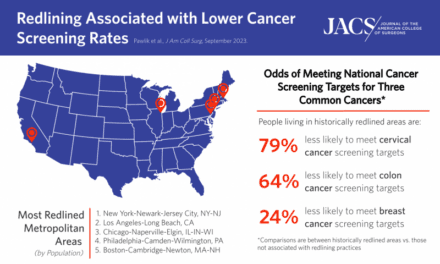The FDA has approved the application of Ventana Medical Systems Inc’s INFORM HER2 Dual ISH DNA Probe cocktail assay (HER2 Dual ISH) on the VENTANA BenchMark ULTRA automated slide-staining platform for commercialization in the US. Originally approved by the FDA in June 2011 for use with the BenchMark XT instrument, the HER2 Dual ISH assay is now approved for use on both VENTANA BenchMark advanced staining platforms available in the US. The HER2 Dual ISH assay is intended for use in the determination of HER2 gene status in breast cancer tissue as an aid in the assessment of patients that may be considered for treatment with Herceptin (trastuzumab). Herceptin is clinically proven to improve outcomes for patients with HER2-positive breast cancer.
“The INFORM HER2 Dual ISH assay improves treatment of breast cancer patients by providing clinicians increased accuracy and faster time to result compared to fluorescent in situ hybridization (FISH) assays,” said Greg Yap, Lifecycle Leader, Advanced Staining Assays at Ventana. “In a Ventana clinical study comparing HER2 Dual ISH to FISH, our findings showed that more patients would have received the correct result and be identified as potential candidates for Herceptin therapy using our ISH test. In addition, FISH assays for gene amplification must be run manually by skilled technologists, making them labor-intensive and time consuming. The average turn-around time for HER2 FISH testing in breast tissue is two to three days as opposed to approximately 13 hours for HER2 Dual ISH testing. We are pleased to offer all of our customers and patients worldwide our HER2 Dual ISH assay with its benefits over traditional FISH testing.”
The HER2 Dual ISH assay detects both HER2 and chromosome 17 on a single slide using a standard light microscope. Unlike FISH assays, the HER2 Dual ISH assay uses robust brightfield detection technology to deliver a result, which may be easily interpreted by a pathologist as it allows them to screen the entire tissue sample for regions of HER2 gene amplification. In addition, the signals don’t fade over time so results can be stored and shared between pathologists for a more collaborative diagnosis.
Source: Ventana Medical Systems Inc



